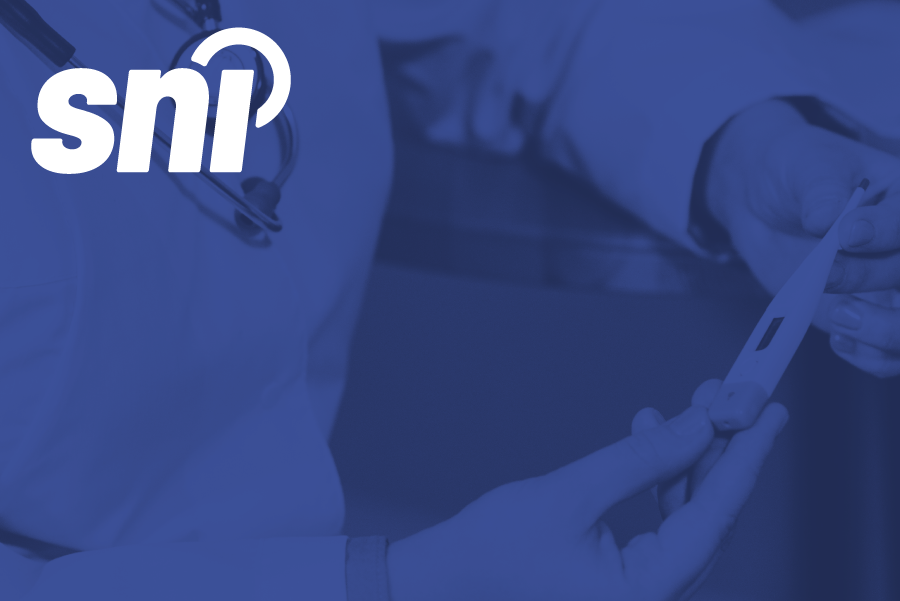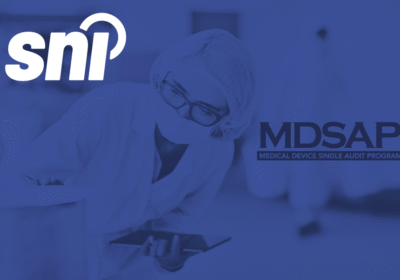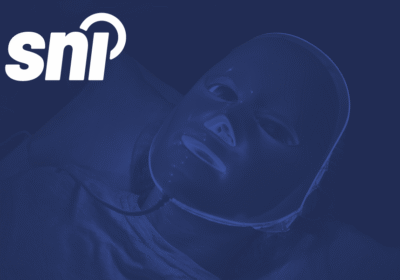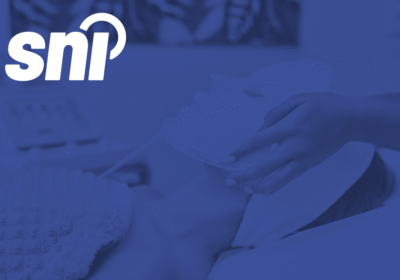Whether you are an established medical device manufacturer or entering the Canadian market for the first time, determining the correct classification is the essential first step in licensing your product. An incorrect classification can lead to costly errors, regulatory delays, and extended time to market, ultimately resulting in lost revenue. For these reasons, device classification should never be overlooked or approached without careful consideration.

Canada regulates medical devices under a risk-based classification system with four classes: Class I represents the lowest risk, and Class IV represents the highest. Classification determines the licensing requirements, quality system expectations, and the type of evidence that must be submitted to Health Canada before a device can be sold. Examples range from low-risk products such as adhesive bandages in Class I to complex implantable pacemakers in Class IV.
It is important to note that product claims also play a critical role in determining classification. While most adhesive bandages are Class I devices intended to act as a simple physical barrier for minor cuts or scrapes, their classification can change if they include specific therapeutic or medical claims. For example, if a bandage containing silver that is marketed to prevent infection in chronic wounds or to promote healing of diabetic ulcers, it would likely be reclassified to Class III This is because the intended use shifts from basic wound protection to therapeutic treatment, increasing the associated risk and triggering more stringent evidence and licensing requirements.

To comply with the Medical Devices Regulations and maintain lawful market access, manufacturers, importers, and distributors must have a clear understanding of how classification is determined and how claims can directly influence a product’s class.
Medical Device Classes in Canada and Considerations
The assigned medical device classification determines not only the licensing pathway, but also the scope of evidence, quality system requirements, and regulatory oversight applied by Health Canada. Correct classification is critical, as it shapes submission content, review timelines, fees, and post-market obligations. The following outlines each class, with examples and key considerations for preparing a compliant Medical Device Licence (MDL) application or meeting Medical Device Establishment Licence (MDEL) requirements:
Class I – Lowest Risk
Class I devices, such as adhesive bandages, non-invasive surgical retractors, and liquid-in-glass thermometers, present the lowest potential risk. These devices do not require a Medical Device Licence (MDL), but manufacturers, importers, and distributors must hold a valid Medical Device Establishment Licence (MDEL). Class I manufacturers are not required to have ISO 13485 certification under the Medical Device Single Audit Program (MDSAP), although some choose to adopt it voluntarily to strengthen processes.
MDEL holders must comply with the general safety and labelling provisions of the Medical Devices Regulations, maintain documentation to demonstrate conformity, and have post-market processes in place, including complaint handling, traceability, and mandatory problem reporting. Foreign manufacturers without a physical Canadian presence must work with a Canadian MDEL holder to legally import and distribute their products.
Class II – Low to Moderate Risk
Manufacturers are required to maintain a quality management system that is compliant with ISO 13485 and certified under the Medical Device Single Audit Program (MDSAP). Health Canada accepts only MDSAP certification; ISO 13485 compliance on its own is not sufficient.
The MDL application must include a device description, intended use, complete labelling, performance testing results, and evidence of compliance with design controls, safety, and usability requirements. All claims must align with the approved intended use, as expanded claims can result in reclassification or a requirement for licence amendment. Health Canada’s target review timeline for Class II MDL applications is 15 calendar days, provided the submission is complete and compliant.
Class III – Moderate to High Risk
Examples of Class III devices include insulin infusion pumps, implanted spinal cord stimulators, and diagnostic tests for serious conditions. These devices require an MDL supported by more extensive technical and clinical evidence than Class II. Manufacturers must hold MDSAP QMS certification and submit comprehensive design, manufacturing, and performance specifications, along with a detailed risk management file developed in accordance with ISO 14971.
Applications must include clinical summaries detailing study protocols, participant demographics, outcomes, and safety data, along with risk assessments and relevant pre-clinical and bench testing results. Labelling must clearly state warnings, contraindications, and precautions. Health Canada’s target review timeline for Class III MDL applications is 75 calendar days, although requests for additional information or clarification can extend the process.
Class IV – Highest Risk
Class IV devices represent the highest potential risk to patients or public health. Examples include implantable pacemakers, mechanical heart valves, and donor screening in vitro diagnostic devices (IVDDs) for HIV, HBV, and HCV. These devices require the most rigorous MDL application and the highest level of scrutiny by Health Canada.
Manufacturers must hold MDSAP QMS certification and submit a complete design dossier, manufacturing process validation data, and robust pre-clinical and pivotal clinical trial results. The application must also include a detailed risk analysis, a post-market surveillance plan, and evidence of compliance with all relevant international standards recognized by Health Canada. Review timelines for Class IV devices target 90 calendar days, although the complexity of the evidence often results in longer assessments.
The Role of Intended Use in Classification
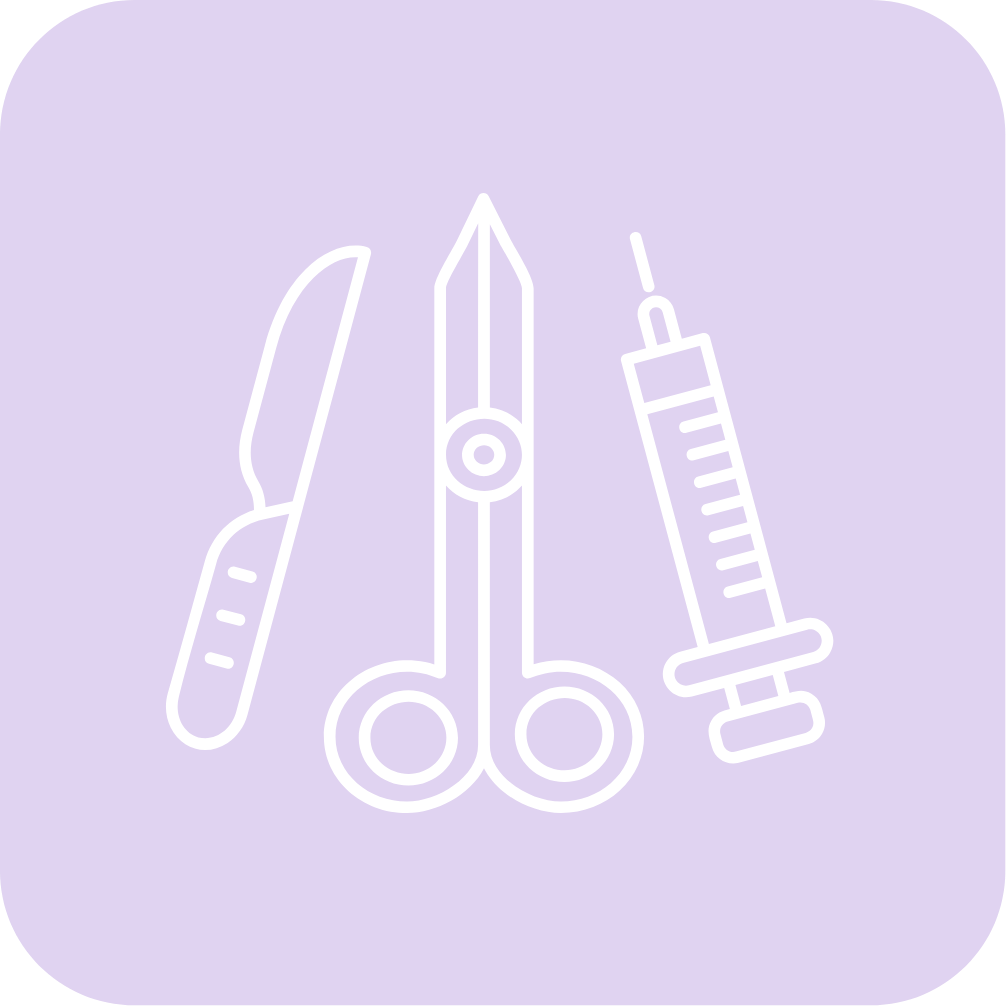
Intended use, as defined by the product’s labelling, instructions for use, advertising, and any other representations made by the manufacturer, is the primary determinant Health Canada uses to establish whether a product meets the definition of a medical device and to assign the appropriate risk class. Claims related to the diagnosis, treatment, mitigation, or prevention of disease or abnormal physical states generally place a product within the scope of the Medical Devices Regulations.
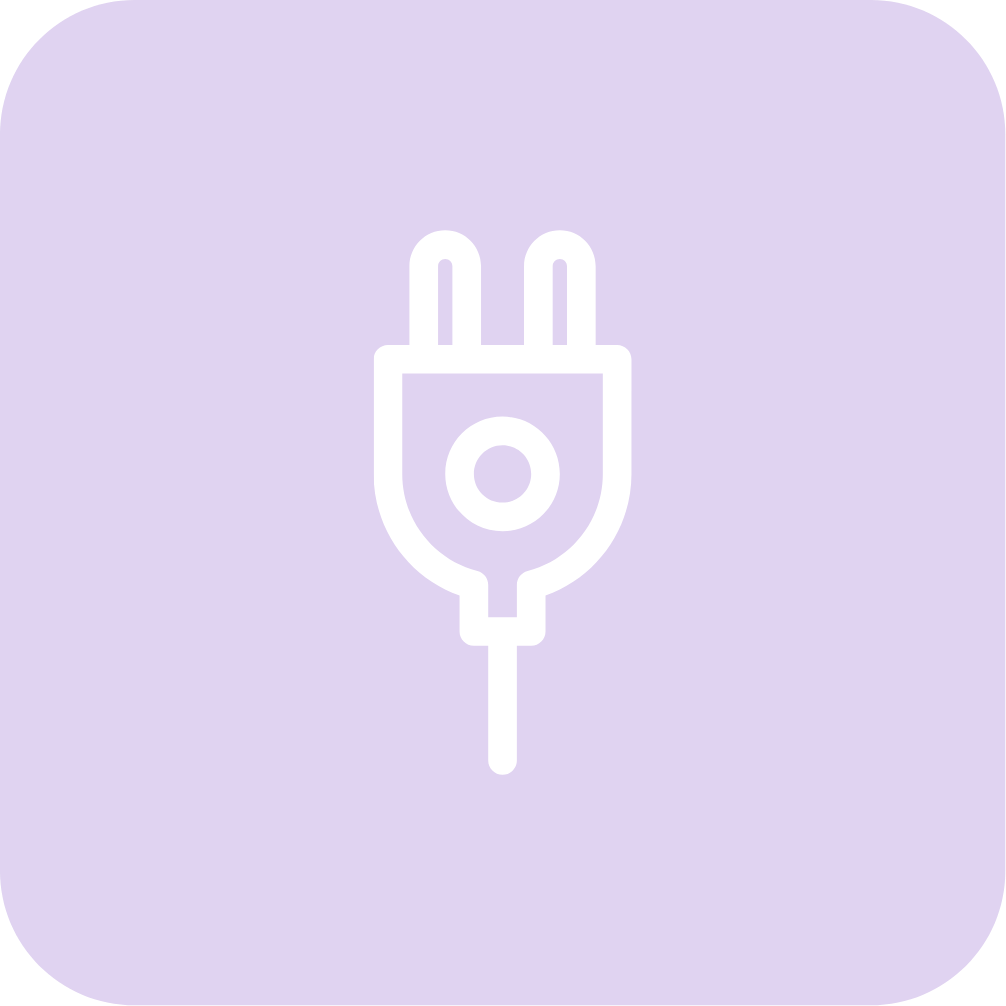
Mode of action is also a critical consideration, including whether the product achieves its intended purpose through physical, mechanical, thermal, electrical, or other therapeutic or diagnostic means. Both the intended use and the mode of action are assessed in accordance with the classification rules set out in Schedule 1 of the Medical Devices Regulations to determine the applicable class and regulatory requirements.

Health Canada pays particular attention to borderline products that may fall under either the Cosmetic Regulations or the Medical Devices Regulations, depending on the claims being made. For example, a handheld light-emitting device marketed solely for cosmetic skin rejuvenation may not be regulated as a medical device. However, if dual-use or therapeutic claims are introduced, such as the treatment of acne, the same device would be classified as a Class II medical device under Rule 9 of the classification rules for non-invasive, active therapeutic devices. If the claims are further expanded to include the treatment of pre-cancerous skin lesions, the increased risk to patient health could result in reclassification as a Class III medical device. This higher classification would trigger additional evidence requirements, stricter licensing conditions, and heightened post-market surveillance obligations.
How Claims Can Affect Medical Device Classification
A product’s classification is not determined solely by its design or underlying technology. It is also determined by the nature, specificity, and clinical risk profile of the claims made for the product. Claims that address more serious health conditions, higher-risk patient populations, or critical clinical settings can result in classification into a higher risk class under the Medical Devices Regulations.
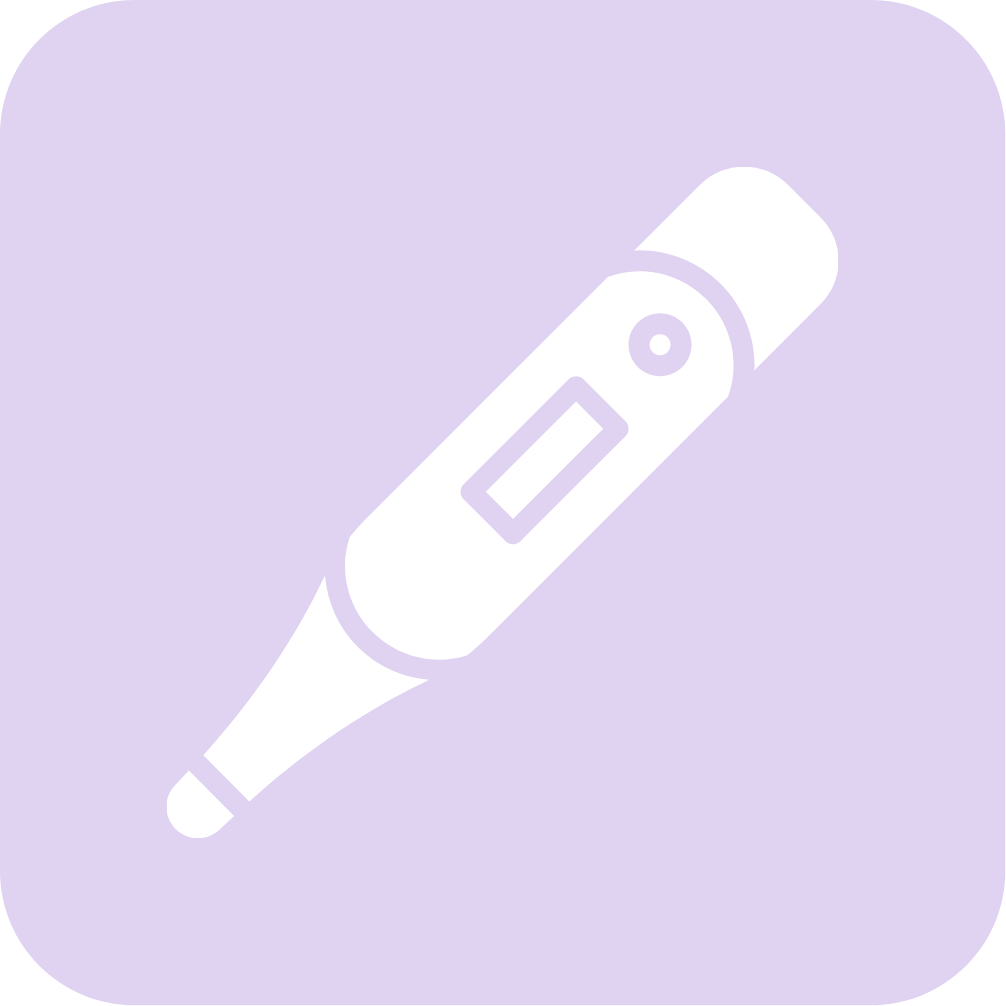
For example, an electronic thermometer intended for general body temperature measurement is typically classified as a Class II device under Rule 10 for active diagnostic devices. If the labelling or promotional materials specify that the device is intended for use in critical care environments where inaccurate readings could result in immediate danger to the patient, the classification could increase to Class III due to the elevated risk associated with diagnostic error in such settings.
In vitro diagnostic devices (IVDDs) used for routine clinical chemistry are generally classified as Class II. However, IVDDs with claims to detect life-threatening transmissible agents such as HIV, HBV, or HCV are classified as Class IV under Rule 1 due to the critical importance of accuracy in preventing serious public health consequences. Any modification to labelling, advertising, instructions for use, or other materials that alters the intended use or expands therapeutic or diagnostic claims requires a reassessment of the classification and may necessitate the submission of a new Medical Device Licence application to Health Canada.
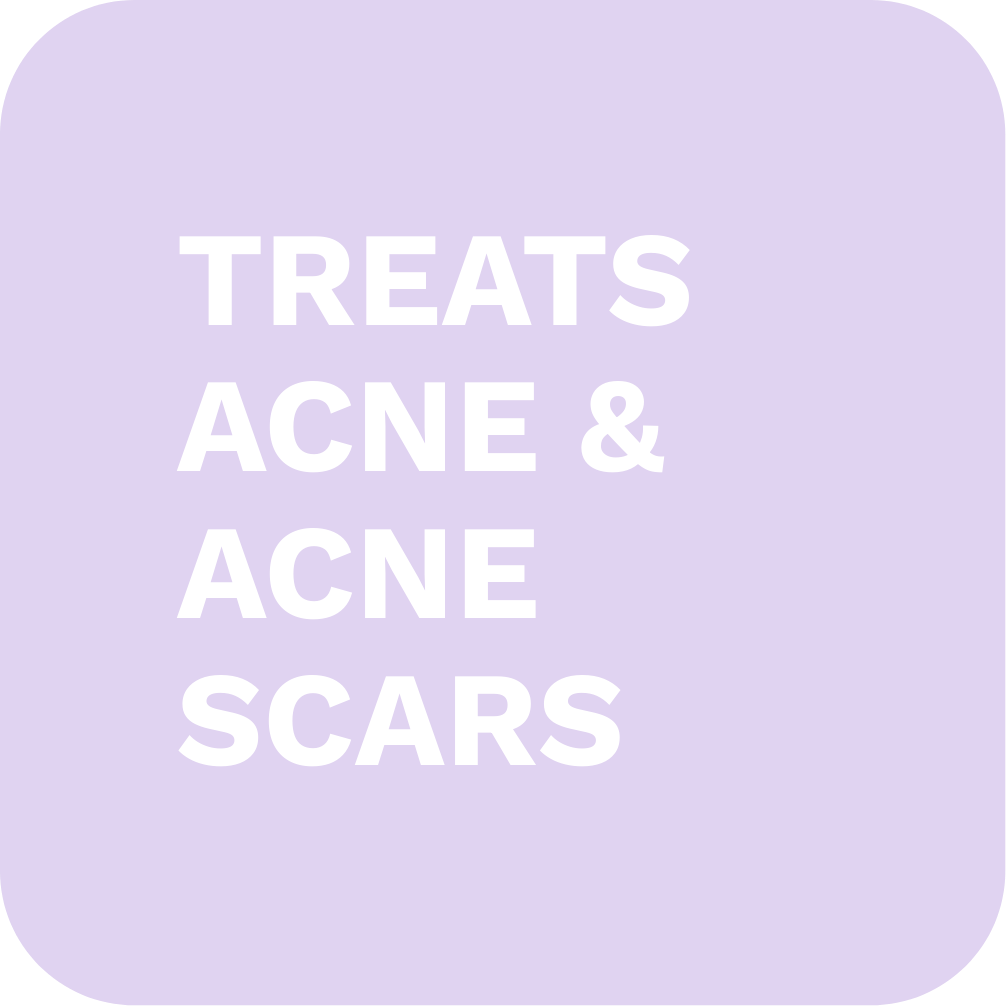
Claim can directly influence the classification of a medical device by changing the perceived risk and regulatory requirements associated with its use. This is why it is essential to evaluate not only the intended use of a product, but also all product claims, when determining the appropriate classification.
How Mechanism of Action Determines Medical Device Class
The mechanism by which a product achieves its intended use is another critical determinant in its classification. Health Canada evaluates whether the device is active or non-active, invasive or non-invasive, the duration of body contact, and the nature of the therapeutic, diagnostic, or monitoring function performed. These factors are assessed in combination with intended use to determine the appropriate risk class in accordance with the classification rules set out in Schedule 1 of the regulations.
Non-active, non-invasive devices with short-term body contact, such as adhesive bandages intended solely to protect minor wounds and absorb exudate, are generally classified as Class I. If the same type of product incorporates an active component or a medicinal substance that produces a therapeutic effect, such as a silver-containing dressing for the management of chronic wounds, the mechanism changes from passive protection to active therapeutic action. This can result in reclassification to Class II due to the additional performance and safety considerations.
Active diagnostic devices, such as electronic or infrared thermometers, are generally classified as Class II under Rule 10, as they require electrical or other energy sources to function and provide diagnostic information. Devices that deliver diagnostic information which could directly impact life-supporting or life-sustaining treatment decisions may be assigned a higher classification. For example, an active monitoring device used in intensive care to guide drug dosing for critically ill patients could be classified as Class III potential risks to patient’s health.
In vitro diagnostic devices (IVDDs) can be classified as Class I, II, III, or IV depending on intended use and the potential public health or patient risk associated with an incorrect result. Low-risk IVDDs, such as general laboratory staining reagents, may fall into Class I. IVDDs used for routine clinical chemistry, such as cholesterol testing, are generally Class II. Blood grouping or tissue typing reagents are classified as Class III under Rule 5 because of their critical role in transfusion and transplantation safety. Donor screening assays for life-threatening transmissible diseases, including HIV, HBV, and HCV, are classified as Class IV under Rule 1 due to the severe consequences of false results and the need for the highest level of regulatory oversight.
Understanding the mechanism of action is critical because it directly affects the risk profile and resulting classification of a medical device. Two products with similar physical characteristics can fall into different classes if one achieves its intended purpose through a passive, physical means, while the other relies on an active, diagnostic, or therapeutic mechanism that introduces additional safety and performance considerations. To ensure accurate classification, appropriate evidence generation, and full compliance with Health Canada’s Medical Devices Regulations, manufacturers must assess and document the device’s intended use, all product and marketing claims, and its mechanism of action.
Device and Establishment Licensing Requirements in Canada
Health Canada issues two primary types of licences for medical devices: the Medical Device Establishment Licence (MDEL) and the Medical Device Licence (MDL).

An MDEL authorizes a company to conduct regulated activities rather than approving a specific product. It is required for manufacturers of Class I medical devices, as well as for importers and distributors of any class of medical device in Canada. The MDEL must be renewed annually, and holders are required to maintain documented procedures for complaint handling, mandatory problem reporting, and product recalls. Certain exemptions apply, such as importing for personal use or supplying exclusively to other MDEL holders. Foreign manufacturers without a Canadian presence must partner with a Canadian MDEL holder to legally import and distribute their devices.
Class I medical devices do not require an MDL because they are considered the lowest risk under the Medical Devices Regulations. Instead, Health Canada applies establishment-level controls through the MDEL framework, focusing on traceability, post-market oversight, and compliance with safety and labelling requirements rather than pre-market product-specific review.
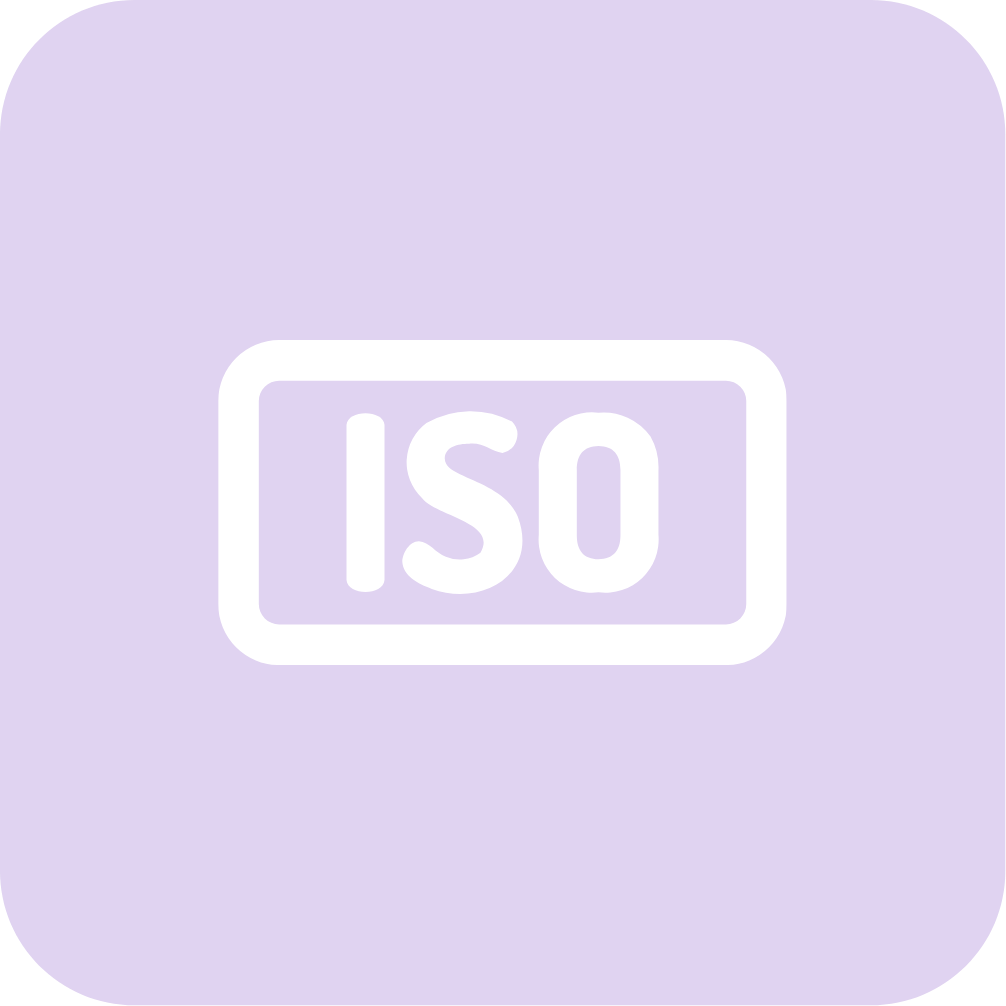
An MDL is required for Class II, III, and IV devices and is specific to a product and its intended use. The evidence and documentation required increase with device class. Class II applications generally require a device description, intended use, complete labelling, performance testing, and proof of compliance with ISO 13485 under the Medical Device Single Audit Program (MDSAP). Class III applications require more detailed technical documentation, risk analysis, and supporting clinical evidence. Class IV applications require the most rigorous submissions, including comprehensive pre-clinical and clinical data, manufacturing process validation, and a post-market surveillance plan.
It is important to note, any significant change to a device’s design, intended use, claims, or manufacturing process may require re-evaluation by Health Canada and, in many cases, an amended or new MDL application. Manufacturers are also obligated to submit annual licence renewal fees for MDLs, not just for Medical Device Establishment Licences (MDELs). In addition, Health Canada may request Summary Reports under section 61.4 of the Medical Devices Regulations for Class II–IV devices to demonstrate that the product continues to meet safety and effectiveness requirements once on the market.
The Cost of Misclassification
Incorrect classification of a medical device can lead to significant regulatory and commercial consequences. These may include import refusals by the Canada Border Services Agency at the direction of Health Canada, product recalls resulting from non-compliance or insufficient testing, and enforcement actions such as fines, product seizures, or suspension of licences. Misclassification can also cause substantial financial losses due to the need for re-submission, relabelling, or redesign, as well as reduced market share and damage to brand reputation.
The impact extends well beyond direct costs. It can influence market position, sales performance, product demand, and the ability to be first to market. Engaging a qualified regulatory consultant to guide the classification process and support licence applications is a strategic investment. While this represents an upfront cost, it can deliver measurable benefits by reducing the risk of delays, avoiding costly rework, and accelerating time to market, ultimately improving the product’s overall lifecycle performance.
Post-Market Surveillance
Manufacturers and importers are legally required under the Medical Devices Regulations to conduct ongoing monitoring of a device’s safety and performance once it is on the market. This obligation ensures that any emerging risks are identified, evaluated, and addressed in a timely manner.

Key activities include mandatory problem reporting to Health Canada within 10 calendar days for incidents that have resulted, or could reasonably be expected to have resulted, in the death or serious deterioration in the health of a patient, user, or other person. For incidents that did not cause such outcomes but could lead to them if repeated, the reporting deadline is 30 calendar days. These timelines apply regardless of whether the event occurred in Canada or in another market where the device is sold, provided it is the same device version or model.

Post-market surveillance also encompasses complaint handling systems that allow for systematic intake, investigation, and resolution of customer concerns; root cause analysis of adverse events; initiation and execution of product recalls when necessary; and submission of safety updates or periodic summary reports when requested by Health Canada. The scope of these activities should be proportionate to the risk class of the device, with higher-risk devices typically requiring more comprehensive monitoring and reporting systems.
Effective post-market surveillance not only supports compliance but also facilitates continuous product improvement, strengthens clinical evidence over time, and sustains healthcare provider and patient confidence. Failure to meet these obligations can lead to enforcement actions, including suspension or cancellation of licences, product seizures, or administrative monetary penalties.
Final Remarks
Navigating Canada’s medical device framework requires a precise understanding of classification rules, licensing pathways, and post-market obligations. Each stage, from determining the correct risk class to preparing the appropriate Medical Device Licence or Establishment Licence application, and from aligning product claims with intended use to implementing robust post-market surveillance, is interconnected. A misstep at any point can result in regulatory delays, additional costs, or market access restrictions.
Manufacturers, importers, and distributors who approach these requirements strategically are better positioned to reduce time to market, maintain regulatory compliance, and build long-term trust with healthcare providers and patients. Whether you are managing a low-risk Class I device or a high-risk Class IV implant, success depends on accurate classification, comprehensive documentation, adherence to quality system standards, and ongoing performance monitoring.
In an increasingly competitive and regulated market, investing in regulatory expertise is a business advantage. By integrating regulatory considerations early in product development and maintaining a proactive compliance strategy, companies can protect their market position, reduce risk, and ensure that their medical devices reach Canadian patients safely and efficiently.
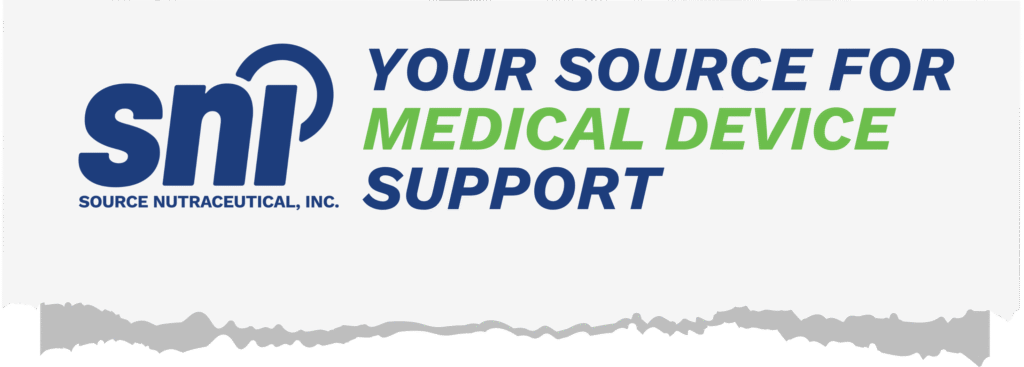
A strong regulatory plan does more than satisfy requirements. It saves time, reduces cost, and positions your device for long-term success.
At SNI, we assess your product classification across Canada and the United States, determine the most efficient licensing strategy, and coordinate compliant packaging to support market-specific needs. Our team bridges regulatory knowledge and operational execution, allowing you to enter your target markets without unnecessary delays.
Let us help you build a practical, strategic path to regulatory approval.
Start your market entry journey by connecting with our medical device team.
🩺 More about our services here.
💡 Compliance is easy with the right support!
📩 info@sourcenutra.com
⬇️ Send us a request for support or an introductory call
FAQ
What determines whether a product is a medical device in Canada?
A product is considered a medical device in Canada if it meets the definition set out in the Food and Drugs Act and the Medical Devices Regulations. A medical device is any instrument, apparatus, implement, machine, appliance, or similar article that is manufactured, sold, or represented for use in the diagnosis, treatment, mitigation, or prevention of a disease, disorder, or abnormal physical state, or its symptoms, in human beings. This includes devices intended to restore, correct, or modify body functions or the structure of the body, as well as devices intended for the diagnosis of pregnancy. Health Canada determines whether a product meets the definition based on its labelling, instructions for use, advertising, and any representations made by the manufacturer. The intended use and any associated claims are central to this determination.
How are medical devices classified into Classes I to IV?
Medical devices are assigned to one of four classes in Canada, with Class I representing the lowest potential risk and Class IV representing the highest potential risk. The classification is determined using the rules set out in Schedule 1 of the Medical Devices Regulations. Factors considered include the level of invasiveness of the device, whether the device is active or non-active, the duration and location of contact with the body, the energy source (if applicable), and whether the device has systemic or local effects. Devices that are in vitro diagnostic devices (IVDDs) are classified according to a separate set of rules in Part 2 of Schedule 1, which consider factors such as the analyte detected, the intended user, and the potential health risk associated with an incorrect result. The assigned class determines the level of regulatory oversight, including evidence and quality system requirements, licensing pathways, and post-market obligations.
Who needs a Medical Device Establishment Licence (MDEL)?
Any person or company in Canada that manufactures a Class I medical device, or imports or distributes a medical device of any class, must hold a valid Medical Device Establishment Licence (MDEL), unless they meet one of the specific exemptions outlined in the Medical Devices Regulations. The MDEL is an establishment-level licence, meaning that it authorizes the activities of the company rather than approving a specific product. It must be renewed annually and requires the holder to maintain documented procedures for complaint handling, recalls, and mandatory problem reporting. Exemptions include importing for personal use or selling exclusively to other establishments that already hold an MDEL. Foreign manufacturers that do not have a physical presence in Canada must work with a Canadian MDEL holder in order to legally import and distribute their devices in the Canadian market.
When is a Medical Device Licence (MDL) required?
A Medical Device Licence (MDL) is required for all Class II, Class III, and Class IV medical devices before they can be sold in Canada. Class I devices do not require an MDL due to their lower risk profile; instead, they are subject to establishment-level controls under the MDEL framework. The MDL is device-specific and is issued for a product with a defined intended use and specific labelling. The application requirements for an MDL increase with the device’s risk classification. For Class II devices, the application typically includes a device description, intended use, full bilingual labelling, evidence of compliance with safety and performance standards, and proof of certification to ISO 13485 under the Medical Device Single Audit Program (MDSAP). Class III devices require more extensive technical documentation, risk analysis, and supporting clinical evidence, while Class IV devices require the most comprehensive submissions, including complete design dossiers, manufacturing process validation, and robust pre-clinical and clinical data.
What are the post-market obligations once a device is licensed?
Once a device is licensed and available for sale in Canada, manufacturers and importers must comply with the post-market obligations outlined in the Medical Devices Regulations. These obligations include monitoring the performance of the device and reporting specific incidents to Health Canada within strict timelines. Incidents that have resulted, or could reasonably be expected to have resulted, in the death or serious deterioration of the health of a patient, user, or other person must be reported within 10 calendar days. Incidents that did not cause such outcomes but could lead to them if repeated must be reported within 30 calendar days. In addition to mandatory problem reporting, post-market surveillance requirements include maintaining a complaint handling system, conducting investigations into adverse events, initiating product recalls where necessary, and submitting safety updates or summary reports when requested by Health Canada. The extent of post-market surveillance activities should be proportionate to the risk classification of the device, with higher-risk devices requiring more comprehensive monitoring systems.
✷ The content on this website, including information presented in this post, is provided for general informational purposes only and does not constitute legal, regulatory, or professional advice. While efforts are made to ensure accuracy, laws and regulations vary by jurisdiction and may change over time. Readers should not rely on this information as a substitute for advice from qualified legal or regulatory professionals. We disclaim any liability for actions taken based on this content, and users are encouraged to seek guidance specific to their circumstances.

